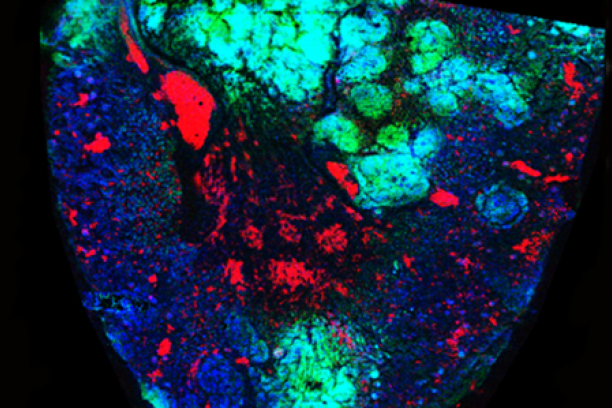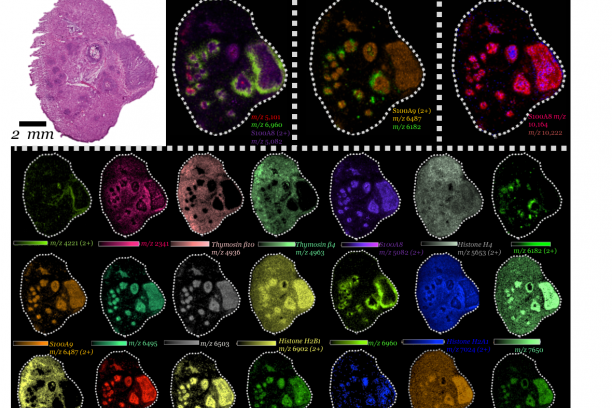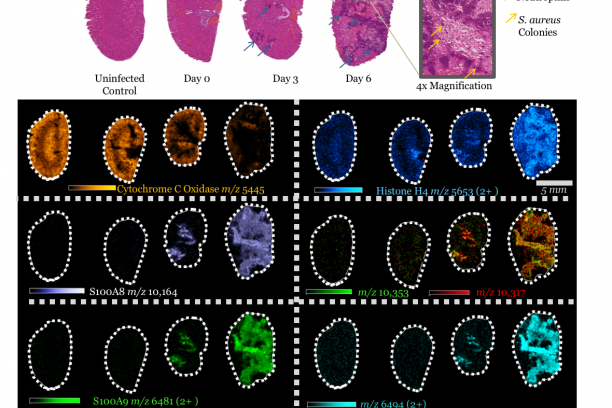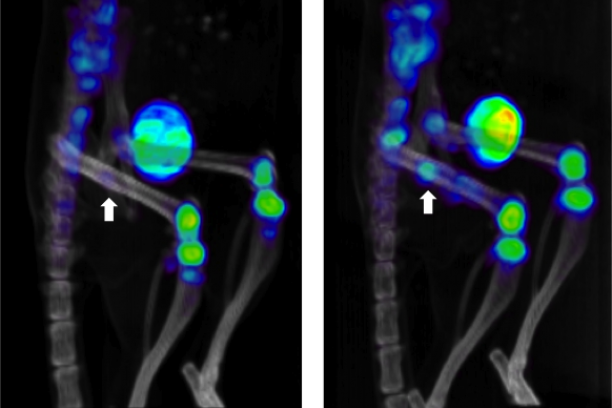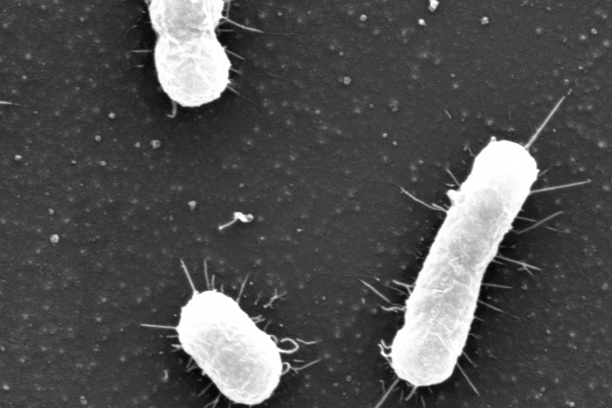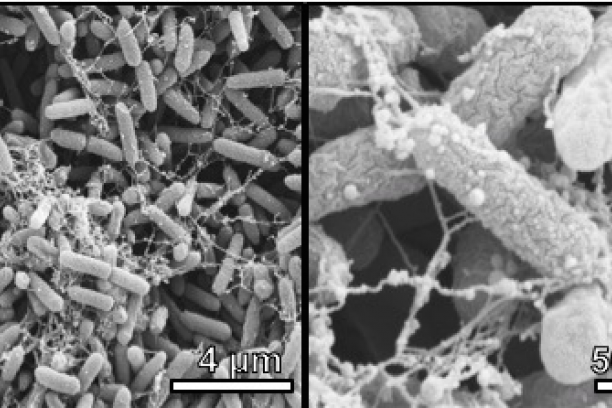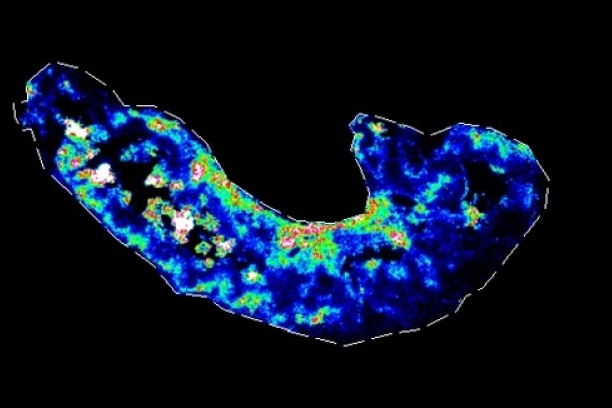1. Bacterial heme-iron acquisition and metabolism. Heme is the most abundant source of nutrient iron in the vertebrate host. Paradoxically, heme is toxic at high concentrations due to the molecule’s significant reactivity. Therefore, organisms that acquire heme as an iron source during infection must have mechanisms of avoiding the toxicity associated with this molecule. Currently, there are numerous projects in the laboratory focused on heme-iron acquisition, metabolism, and detoxification. Our long term goal is to exploit these processes to identify novel targets for antibiotic development.
2. The struggle for nutrient manganese and zinc between host and pathogen. All bacterial pathogens require manganese and zinc in order to infect their hosts. This fact is exploited by host immune proteins that chelate these metals to prevent bacterial growth. Research in our lab studies this struggle for nutrient metal by (i) identifying host and bacterial factors that compete for metal, (ii) determining the impact of infection on metal distribution within vertebrates, and (iii) defining how metal restriction affects bacterial physiology.
3. Imaging the host-pathogen interaction. We are currently developing and employing a variety of imaging technologies to provide unprecedented resolution into the process of infection. These techniques include microscopy, computed tomography, magnetic resonance imaging, and imaging mass spectrometry.
4. Metal acquisition and metabolism in bacterial communities. Little is known regarding how metal is distributed within a microbial community or how different species of bacteria compete for these scarce resources in the environment. Using cutting edge elemental imaging technologies, we are studying metal distribution and metabolism in bacterial biofilms to better understand these processes.
5. Proteomic Analyses of Iron-responsive, Clp-dependent Changes in Staphylococcus aureus.
